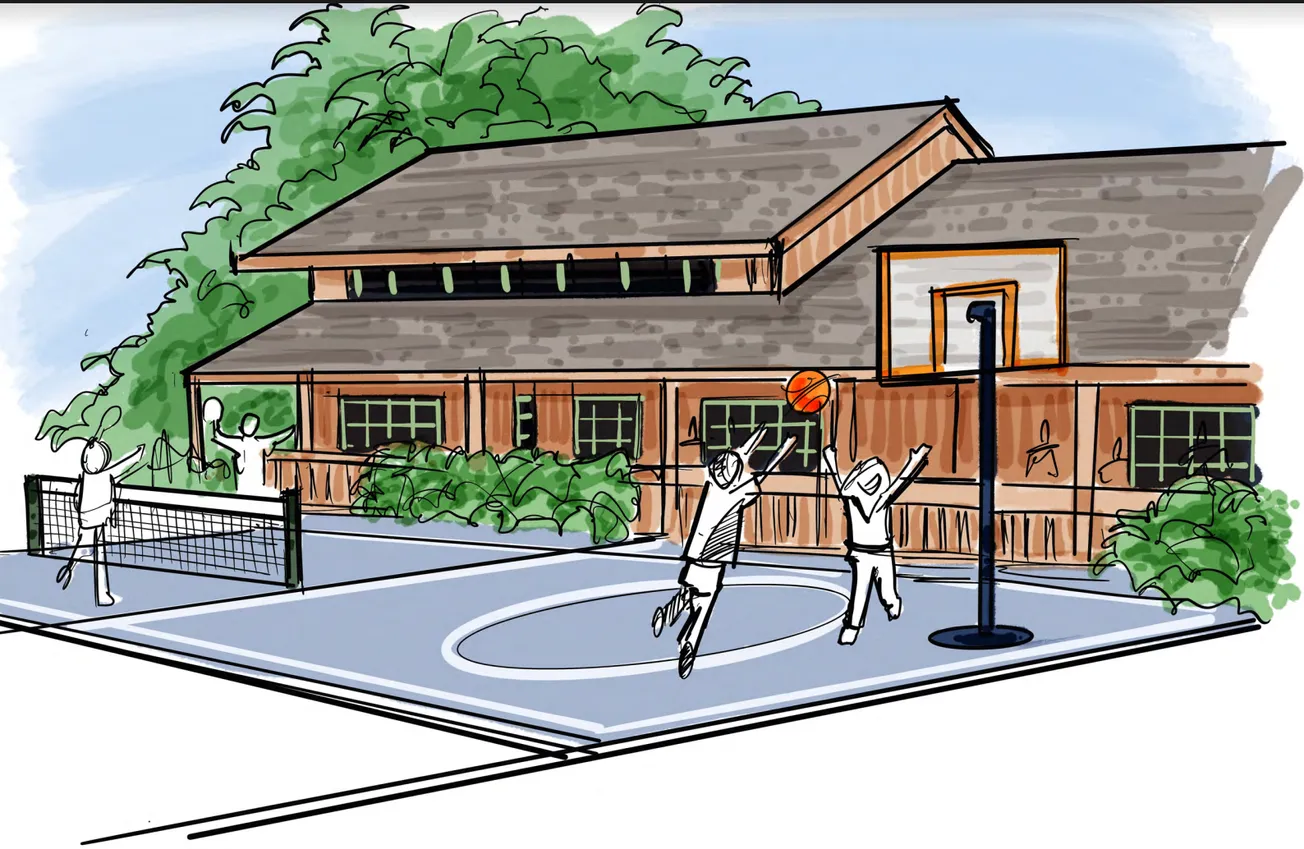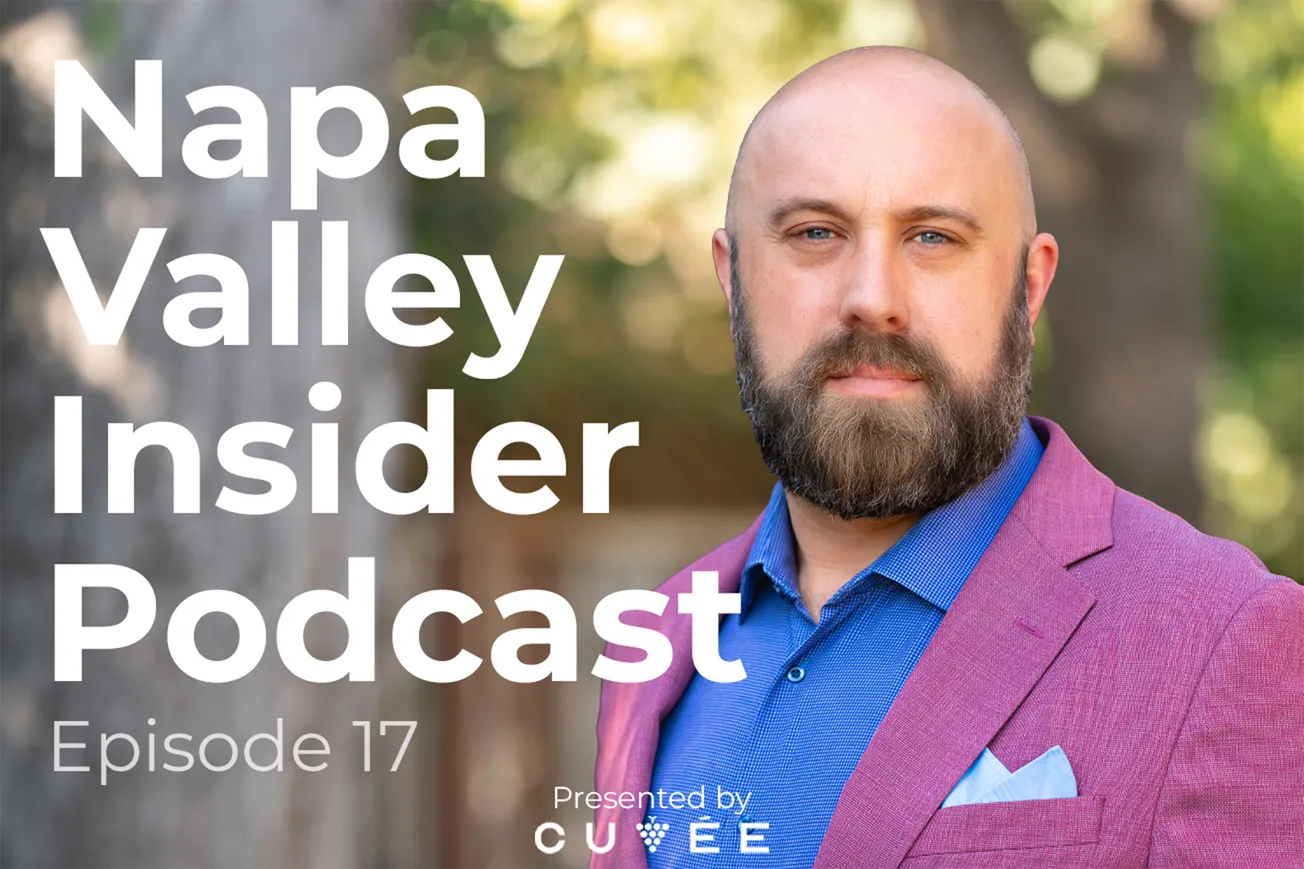Mental health, bilingual crisis help services and inclusive hiring frameworks were among the myriad of topics discussed on Jan. 12 at the first Latino Leaders luncheon of the year, a monthly collaboration between the Napa County Hispanic Chamber of Commerce (NCHCC) and the Latino Leaders Round Table.
Set up as a panel forum, community leaders, including Napa City Councilmember Bernie Narvaez, Gerardo Martin and high school students, engaged in an open dialogue with Napa County Sheriff-Coroner Oscar Ortiz; Napa Fire Chief Napa Zach Curren; Cal Fire LNU Unit Chief Mike Marcucci and Napa Police Chief Jennifer Gonzales. Candidates for state and supervisor seats were also at the luncheon.
Alonso Corona, executive director of the NCHCC, opened the forum by asking the panel how each public safety department is reshaping their hiring practices to reflect the community.
“In order to provide life-saving services, we need to be able to communicate, listen and understand,” Curren said, emphasizing how imperative it is to have bilingual employees in all fire department divisions. About 13% of their current employees are bilingual, according to Curren, and their goal is “to keep that number growing up to 40%, which is reflective of the Napa community.”
Cal Fire’s Marcucci added, “If you looked at the fire service 30 years ago, it was primarily white males.” As of last year, he said, nearly half of the employees at the fire stations under his jurisdiction reflect the diverse population of the valley.
Appointed as police chief in Napa in 2021, Gonzales highlighted the importance of fostering an interest in law enforcement careers. “While we may not have every flag that represents everything that anybody could be in a community, we still want to say ‘come to us’ because there is someone like you who was in a similar position when they were at your stage in life.”
Gonzales also alluded to a national trend: The number of people interested in a career in police enforcement is at an all-time low. “Our ability to recruit has been impacted by the advent of Hollywood and the added layer of the fear of immigration in our state,” she said, “that makes police work seem unappealing.” To maximize their recruitment pool at the local level, Gonzales and her team are reaching out to the younger demographic by attending community events and maintaining an active social media presence.
For Sheriff-Coroner Ortiz, whose been working in law enforcement for over three decades, recruiting diverse applicants is a “snowball effect” that needs investment. “As we get more diverse, we get more diverse applicants,” Ortiz said. Reaching out to young people is important because the current police workforce is aging out, he added.
Mental health and crisis management in the hands of local enforcement was another imperative talking point. “The state mental health system is broken and it is being burdened on our first responders,” Ortiz said in response to a question from Napa City Councilmember Liz Alessio, who is running for the Napa County Board of Supervisors District 2 seat. “Oftentimes we have people with acute mental crises in the back of our car with nowhere to put them, nowhere to go.” Ortiz reiterated that the county “desperately needs treatment beds where those who need help can get the attention they need, become stable and be back out in the community.”
In 2013, Napa County had a suicide death rate higher than the state average. Since then, the county has invested more than a million dollars in mental health services.
Destigmatizing the need for mental health services has been a collective effort throughout the years, according to Gonzales. “Back in the day when we all started, it was bad to talk about it, and so what we saw is people hid, and they did not get the services they needed.”
The Napa Police Department now prints help pamphlets in English and Spanish with resources available to those on the margins or in crisis.
Jaime Peñaherrera, one of the founders of the Latino Leaders Round Table, closed out the luncheon by sharing the mission of community unity. “These conversations about representation are not just about us Latinos. When we meet here and you look around, there’s Latinos and non-Latinos here; that’s the vision of the Round Table – to build a bridge between all communities,” he said.









